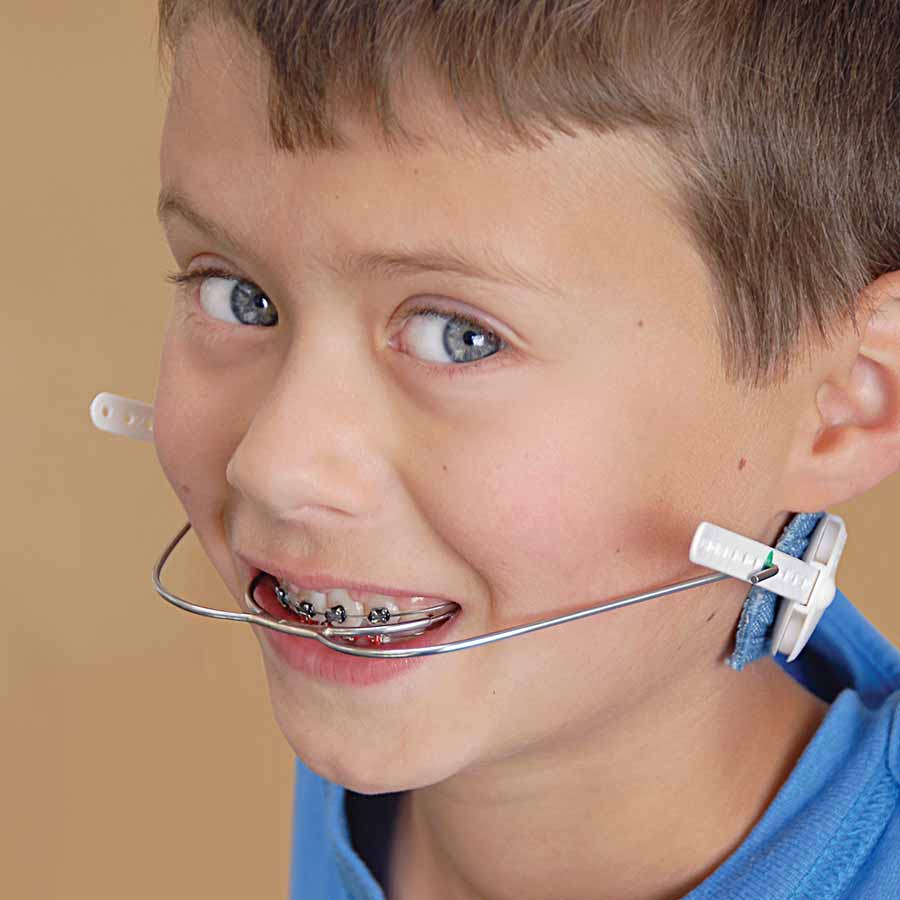Comprehensive Overview to Orthodontics Procedures for Correcting Oral Imbalances
Understanding the complexities of each treatment, including their mechanisms, advantages, and potential downsides, is essential in making informed choices about one's orthodontic therapy. As we browse with the extensive guide to orthodontic treatments for remedying dental imbalances, the elaborate details of each approach will certainly unfold, losing light on the path towards a unified and practical dental alignment.
Orthodontic Procedures Introduction

Along with traditional braces and clear aligners, orthodontists may also advise other interventions like headwear, palatal expanders, or retainers to resolve certain positioning issues (orthodontics). These procedures are customized to every patient's special requirements and might include a combination of therapies to accomplish the desired results. Normal adjustments and tracking are important components of orthodontic treatment to ensure progress is on track and to make any type of needed alterations in the process. By going through orthodontic procedures, individuals can not just attain a straighter grin yet additionally boost their overall oral health and function.
Typical Dental Braces: How They Function
When thinking about orthodontic treatments for dental misalignments, traditional braces stand out as a reliable technique for dealing with teeth placing. Standard braces consist of braces, cables, and bands that work together to use continual pressure on the teeth, slowly moving them right into the preferred positioning.
One secret facet of how traditional dental braces work is the procedure of bone makeover. As stress is related to the teeth with the dental braces, the bone bordering the teeth is reshaped to sustain the brand-new tooth positions. This improvement is necessary for the long-term security of the dealt with alignment. People will require regular modifications at the orthodontist's workplace to guarantee the braces remain to use the appropriate pressure for efficient teeth movement.
Unseen Aligners: Advantages And Disadvantages
These clear, custom-made trays are basically unnoticeable when put on, making them an attractive alternative for individuals looking for a much more aesthetically pleasing orthodontic therapy. Clients can remove the aligners prior to eating or cleaning their teeth, minimizing the risk of food obtaining stuck in the device and simplifying the cleansing process.

Surgical Orthodontic Options
Surgical interventions in orthodontics present feasible alternatives for addressing complex dental misalignments that might not be effectively dealt with through standard orthodontic therapies. While undetectable aligners and standard braces can fix numerous orthodontic issues, particular situations need surgical intervention to achieve optimum results. Surgical orthodontic choices are usually suggested for serious malocclusions, significant jaw disparities, and situations where the underlying restorative dentistry bone structure requires alteration to accomplish correct positioning.
One typical surgical orthodontic procedure is orthognathic surgical procedure, which entails rearranging the jaws to remedy practical issues such as difficulty eating or speaking. This surgical treatment is typically performed in cooperation with an orthodontist who aids line up the teeth prior to and after the procedure. Surgical orthodontics might likewise involve treatments to expose influenced teeth, eliminate excess periodontal tissue, or improve the jawbone to develop a much more unified facial account.
Prior to thinking about surgical orthodontic alternatives, clients undertake a detailed evaluation to establish the requirement and possible benefits of such treatments. cumming orthodontics. While surgery might appear complicated, it can substantially enhance both the feature and aesthetics of the smile in situations where conventional orthodontic treatments dental tourism fail
Retainers and Post-Treatment Treatment

Failure to conform with post-treatment treatment guidelines can result in regression, where the teeth progressively relocate back in the direction of their initial positions. Consistent retainer wear, good oral hygiene, and normal oral exams are crucial for keeping the results achieved via orthodontic surgical procedure and making certain the lasting stability of the corrected oral positioning.
Final Thought
In conclusion, orthodontic treatments use various options for correcting oral imbalances. Conventional braces make use of metal braces and cords to move teeth right into appropriate positioning. Invisible aligners give an even more discreet choice imp source however may not appropriate for all instances. Surgical orthodontic choices are available for extra serious imbalances. Retainers are frequently utilized post-treatment to maintain the brand-new alignment. In general, orthodontic treatments can properly boost dental health and wellness and aesthetic look.
As we browse via the extensive overview to orthodontic treatments for correcting dental imbalances, the detailed details of each method will unravel, losing light on the path toward a functional and harmonious oral placement. - braces
One of the most typical orthodontic treatments is the use of braces, which are composed of steel braces and cords that use mild stress to gradually shift teeth into the desired position.When thinking about orthodontic therapies for oral imbalances, standard dental braces stand out as a time-tested method for fixing teeth positioning. Furthermore, undetectable aligners may not be appropriate for complicated orthodontic problems that need even more substantial teeth activity, as they are typically recommended for mild to moderate cases. Retainers are customized orthodontic gadgets developed to hold teeth in their fixed positions after the conclusion of orthodontic therapy.